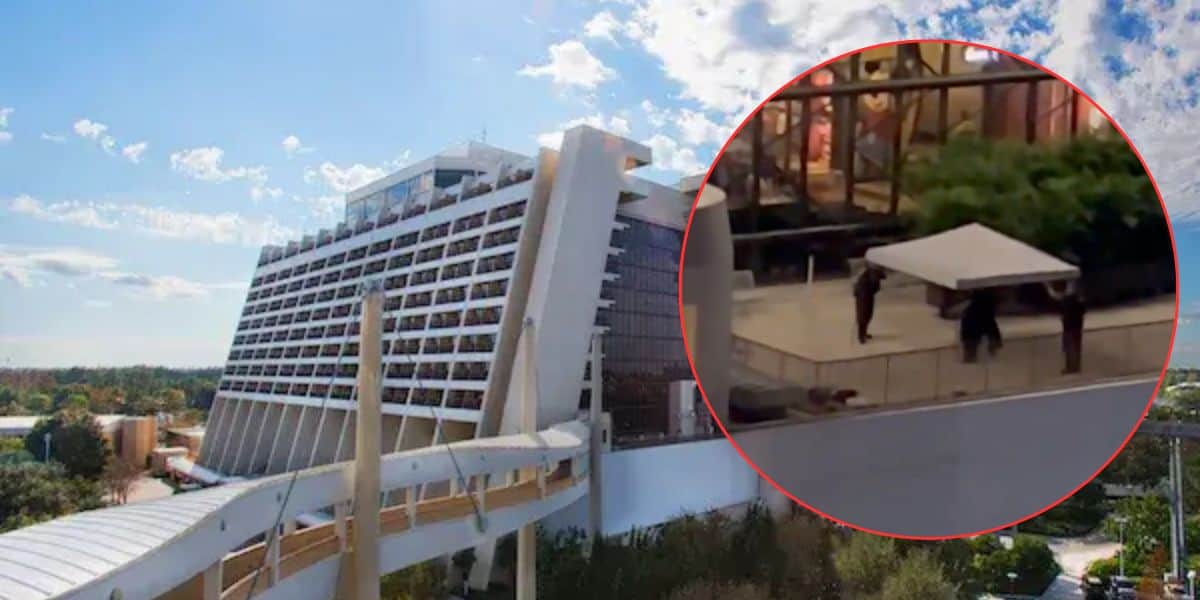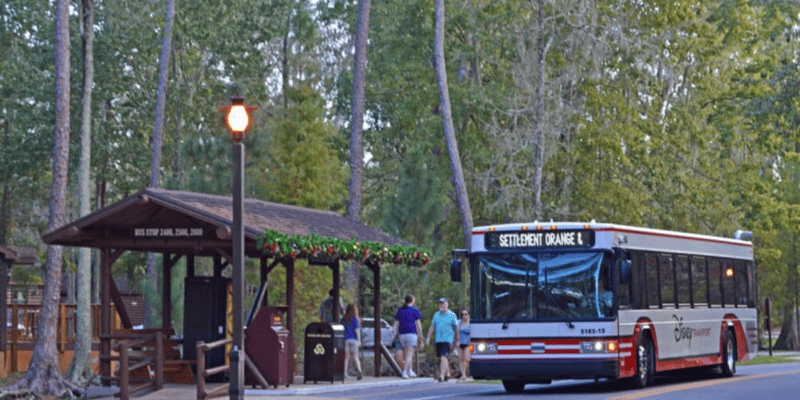Two separate fatalities at resort locations associated with Walt Disney World Resort (“Disney World”) in the past few days have brought renewed attention to guest safety and emergency‑response protocols at the property. One death occurred today at the resort’s sprawling campground and lodging area, and a separate death earlier this week at one of its high‑profile resort hotels appears to have been a suicide. While authorities are investigating each case independently, the proximity in time and location has prompted scrutiny from local officials and guests alike.

Incident at Fort Wilderness Resort & Campground

At approximately 7:32 a.m. today, the Orange County Sheriff’s Office (OCSO) responded to a call for a “Person Down” in the 1500 loop—site Cottontail Curl—of the Disney’s Fort Wilderness Resort & Campground. According to social‑media reports by the account @WDWActiveCrime, the area includes 21 sites; the post added that “the call could fall under unattended/natural causes and so on.”
Confirming the incident later this afternoon, OCSO stated that a man in his 60s had been transported from the campground to a local hospital, where he was pronounced dead. The sheriff’s office emphasized “there are no signs of foul play.”
At the time of writing, Disney World has not issued any further public comment beyond acknowledging the earlier call. The circumstances leading up to the death remain under investigation, and family notification appears to be underway, per Orlando Theme Park Zone.
Separate Death at Contemporary Resort Hotel

In a separate incident earlier in the week, emergency personnel were dispatched to the area of the Disney’s Contemporary Resort near North World Drive. Initial media reports were unclear, with speculation that a resort‑monorail incident may have occurred. However, the OCSO confirmed the death to be an apparent suicide, stating the decedent died of “multiple blunt impact injuries” and was not struck by the monorail.
Media outlets identified the woman as 31‑year‑old Summer Equitz, a guest from Naperville, Illinois, and a noted Disney‑enthusiast. Reports state she had arrived at Disney World the same day without informing her family and had previously announced a pregnancy but made no further public updates. The precise motive remains unknown, and Disney, along with the woman’s family, has not released comment.
Trends, Context and Questions
While the two deaths are unrelated in terms of individuals and specific circumstances, the clustering of these incidents within a major resort complex is drawing questions about guest health monitoring, emergency response readiness, and how large resorts communicate these events.
-
Natural causes or medical emergency: In the Fort Wilderness incident, absence of foul play suggests a medical issue or unattended death, though details remain scarce.
-
Emotional distress and environment: In the Contemporary Resort case, the decedent was a guest who appears to have acted alone and intentionally; experts note that high‑stress travel environments and unfamiliar settings can compound mental‑health risks.
-
Communication protocols: Guests and vacation‑planners are increasingly attentive to how resorts disclose major incidents. Disney World typically issues minimal statements initially, often referencing “active investigations.”
-
Resort scale and staffing: With tens of thousands of daily guests and sprawling accommodations, the resort operator manages extensive health, safety, and guest‑assistance operations. These recent deaths could prompt internal reviews of procedures.
Guest Experience & Implications
For guests at Disney World resorts, both incidents may raise awareness of how to respond should a fellow guest appear unwell. Resort staff are trained for medical emergencies, yet remote lodging loops—such as those at Fort Wilderness—pose unique challenges in terms of access and response times.
Accessible lodging, golf‑cart pathways, and onsite emergency services exist, but the removal of visual barriers and rapid access can be key in time‑sensitive situations. In densely staffed hotel‑resort areas (like the Contemporary), visibility is higher and access easier, though the nature of the incident (suicide) falls outside the typical guest‑medical scenario.
What We Know & What We Don’t
| Case | Known Facts | Outstanding Questions |
|---|---|---|
| Fort Wilderness | • Call for “Person Down” at 7:32 a.m. in 1500 loop. • Man in his 60s transported to hospital, later died; no foul play indicated. |
• Cause and manner of death • Whether pre‑existing condition was involved • How quickly staff responded |
| Contemporary Resort | • Woman’s body found near North World Drive; cause ruled suicide by OCSO. • Guest identified as Summer Equitz, 31, from Illinois |
• Full motive • Why she travelled alone without notifying family • Whether resort had prior awareness of guest distress |
As investigations continue, the resort’s operator may face increased calls for transparency and potential review of guest‑health monitoring, especially for isolated or less‑supervised lodging areas. Media outlets covering the incidents emphasize no immediate cause for public safety alarm—but underscore the importance of awareness when guests appear unwell or exhibit distress.
For now, the resort remains operational and open to guests. The two tragedies—while unrelated—underscore the complexities of managing large‑scale hospitality environments where hundreds of thousands visit from around the world each year. Guests are reminded to stay alert to wellness issues—both for themselves and for those around them—and to notify resort staff immediately if someone appears unresponsive or in distress.
